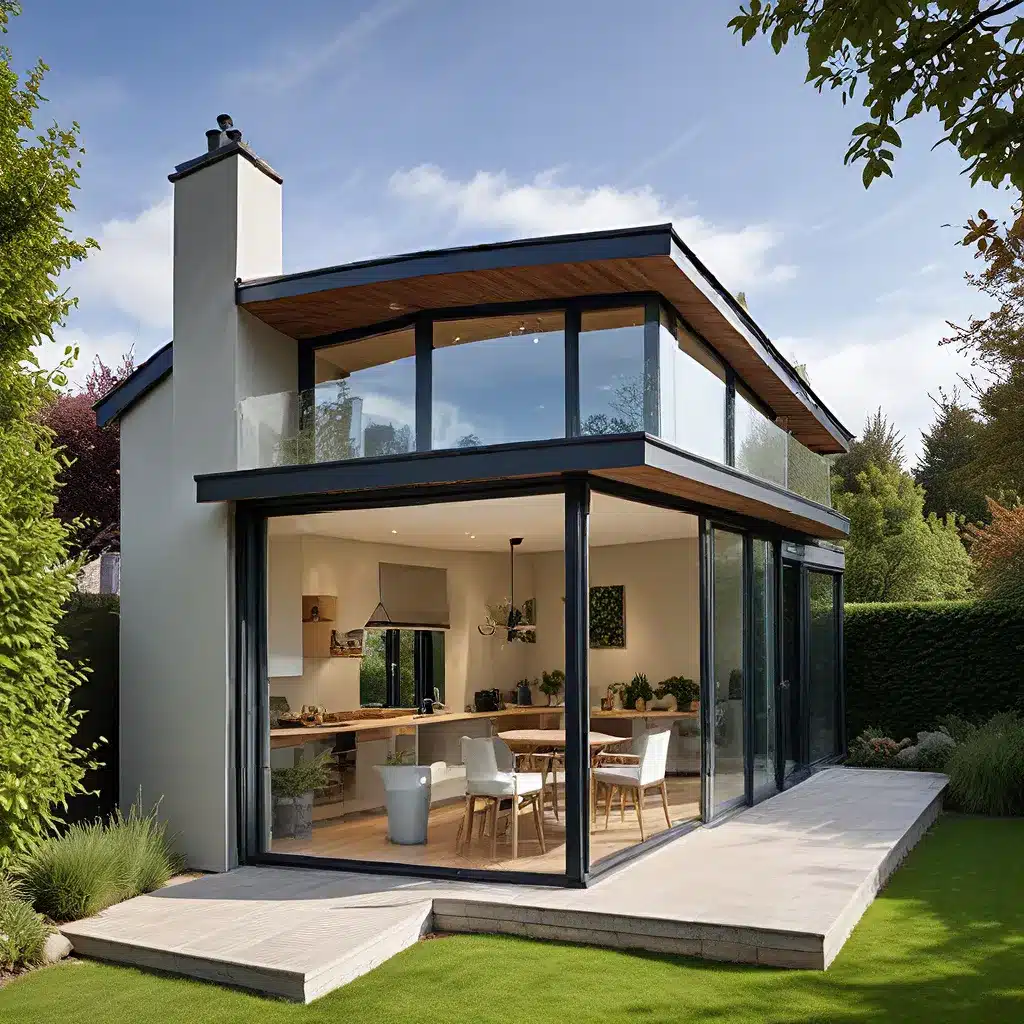
The Changing Landscape of Living Spaces
In today’s rapidly evolving world, the way we design and utilize our living spaces has become increasingly crucial. Urban areas are constantly in flux, with ever-changing social and economic demands that our buildings often struggle to accommodate. Traditionally, homes and other structures have been designed with specific functions and user groups in mind, with little consideration for significant changes over their lifetime.
However, the recent COVID-19 pandemic has been a stark reminder that our built environment can significantly impact our lives, and the need for adaptable and sustainable design has never been more apparent. As we look to the future, the true luxury we seek is in the very spaces we occupy – from our homes to our workspaces. Each of these spaces must be carefully crafted to not only meet our current needs but also anticipate and adapt to the changes that lie ahead.
Embracing Flexibility and Adaptability
The concept of flexibility and adaptability in architecture has been rooted in design for decades, particularly with the rise of open-plan layouts. However, as our lives and lifestyles continue to evolve, the importance of this approach has become increasingly crucial.
Adaptability refers to the ability of buildings to accommodate significant changes over the course of their lifetime without compromising the needs and safety of the users. This is achieved through the continuous reimagination of the layout and structure of building spaces, ensuring they can evolve to meet the ever-changing requirements of both humans and the environment.
One of the key advantages of adaptable design is the potential to use the same amount of space more efficiently than traditional buildings. Occupants are able to utilize the available floor area in a more effective manner, adjusting it to suit their changing needs and situations. This not only enhances the user experience but also contributes to the long-term sustainability of the structure, as it reduces the need for costly demolition and reconstruction.
Designing for the Future
To create truly adaptable designs, architects and designers must integrate innovative practices that consider the various measures required to future-proof our built environment. In the housing segment, this has led to the incorporation of features like dedicated study areas for work-from-home scenarios and sizable balconies or open spaces that facilitate the extension of living spaces in a more recreational way.
For larger-scale commercial and corporate complexes, a significant shift in design strategy is also necessary. Column-free spaces and efficient structural grids allow for open floor plans that can be freely transformed as per the changing needs of occupants. This is particularly evident in the flexible design of spaces like the NID Madhya Pradesh, where modular classrooms can be combined or segregated to accommodate the evolving requirements of the educational environment.
The incorporation of modular and standardized structures also plays a crucial role in creating adaptable designs. By strategically planning the location of fixed elements like circulation cores and duct shafts, the use of space can be maximized for flexibility. One such example is the office building at KG Marg, which was designed using LGSF (Light Gauge Steel Frame) technology, allowing for multi-functional spaces that can be easily converted to suit present needs.
Furthermore, the design of future office and commercial spaces should consider their potential to be adapted into healthcare facilities during emergencies. Similarly, hotels should be designed with maintainable interiors, antimicrobial finishes, and easily accessible building systems to enable their conversion into medical centers when necessary.
Embracing the Unpredictable
The future is inherently unpredictable, and this uncertainty has a profound impact on the way we design our living spaces. Adaptability and innovation have become the new buzzwords in the construction industry, as designers and architects strive to create buildings that can evolve and change with the times.
By incorporating flexible design features and anticipating future needs and lifestyles, we can ensure that our homes and workspaces are not only sustainable but also resilient in the face of unforeseen challenges. This may involve rethinking traditional design practices, experimenting with new ideas, and constantly seeking to improve the livability and accessibility of our built environment.
As we move forward, it is crucial for architects and designers to embrace the unpredictable and to design buildings that can adapt, evolve, and change with the needs of their occupants. This is not only a matter of convenience but also a crucial step towards creating a more sustainable and resilient future for our communities.
Conclusion: Adapting to the Changing Tides
In the ever-evolving landscape of our built environment, the need for adaptable and sustainable design has become paramount. By embracing flexibility, innovation, and a forward-thinking approach, we can create living spaces that not only meet our current needs but also anticipate and accommodate the changes to come.
As we navigate the unpredictable future, it is crucial for architects, designers, and homeowners to collaborate and explore the various strategies and solutions for adaptable design. From incorporating flexible spaces and modular structures to future-proofing our buildings for unexpected events, the path to a more resilient and sustainable future lies in our ability to think creatively and adapt to the changing tides.
Ultimately, the true luxury of our time lies in the very spaces we inhabit. By designing for the future and embracing the power of adaptability, we can create living environments that not only meet our needs but also enhance our overall well-being and quality of life. It is a journey of innovation, exploration, and a steadfast commitment to a more sustainable and resilient future for all.
















